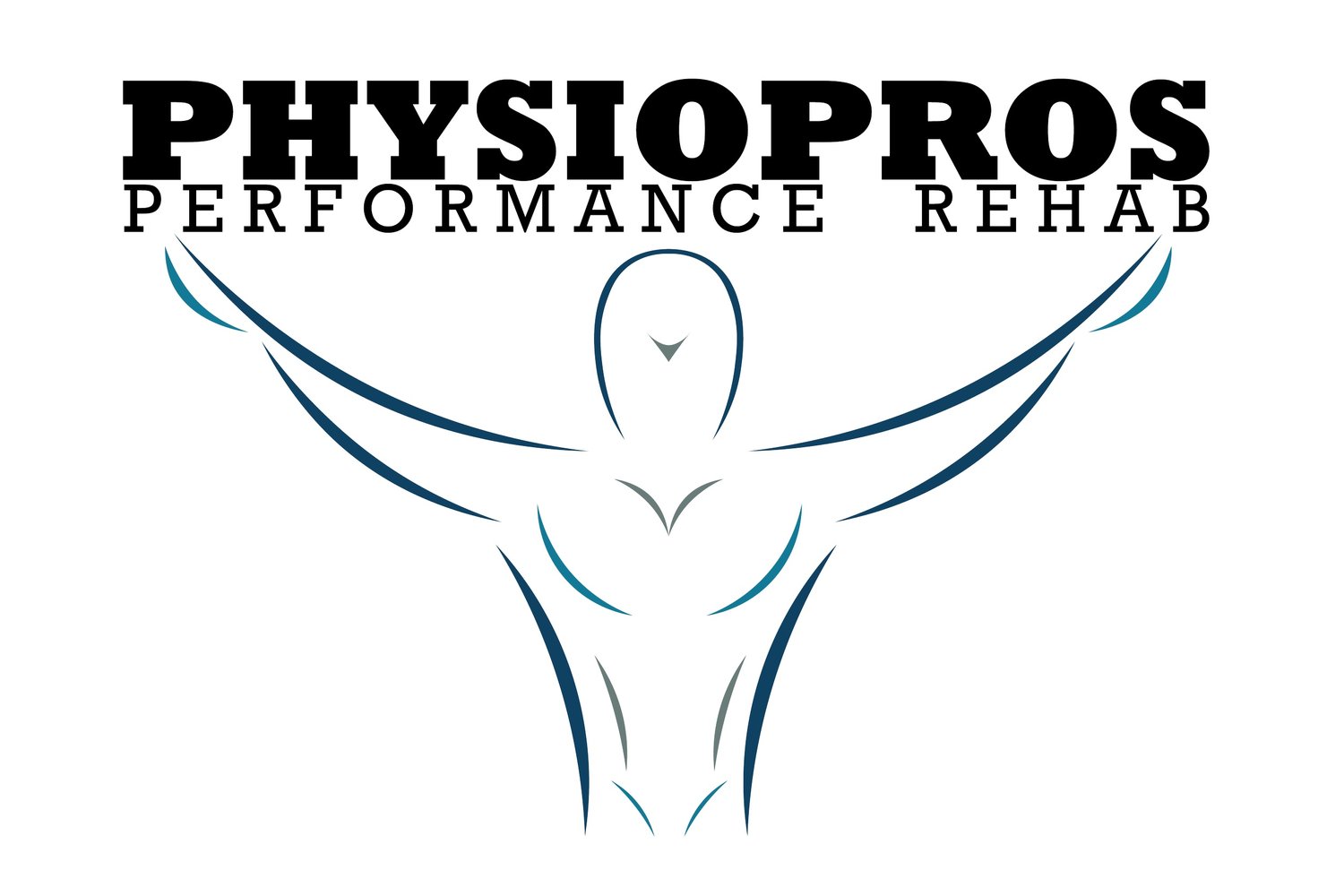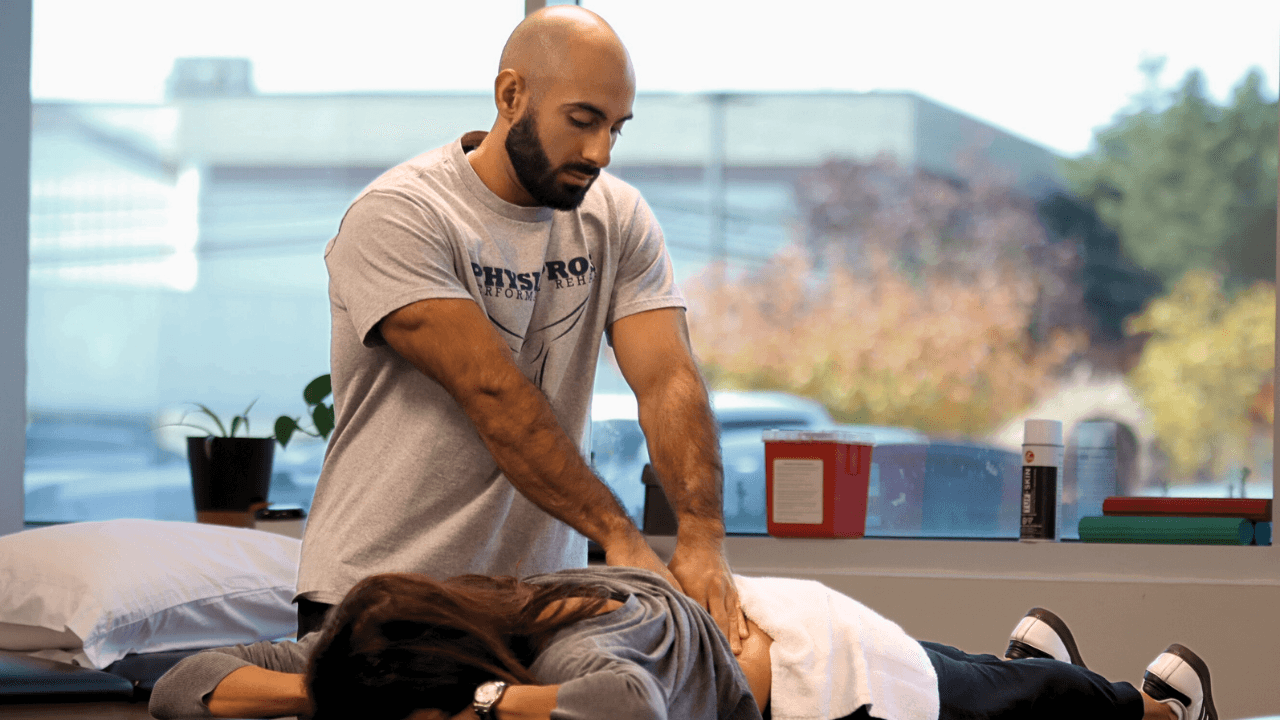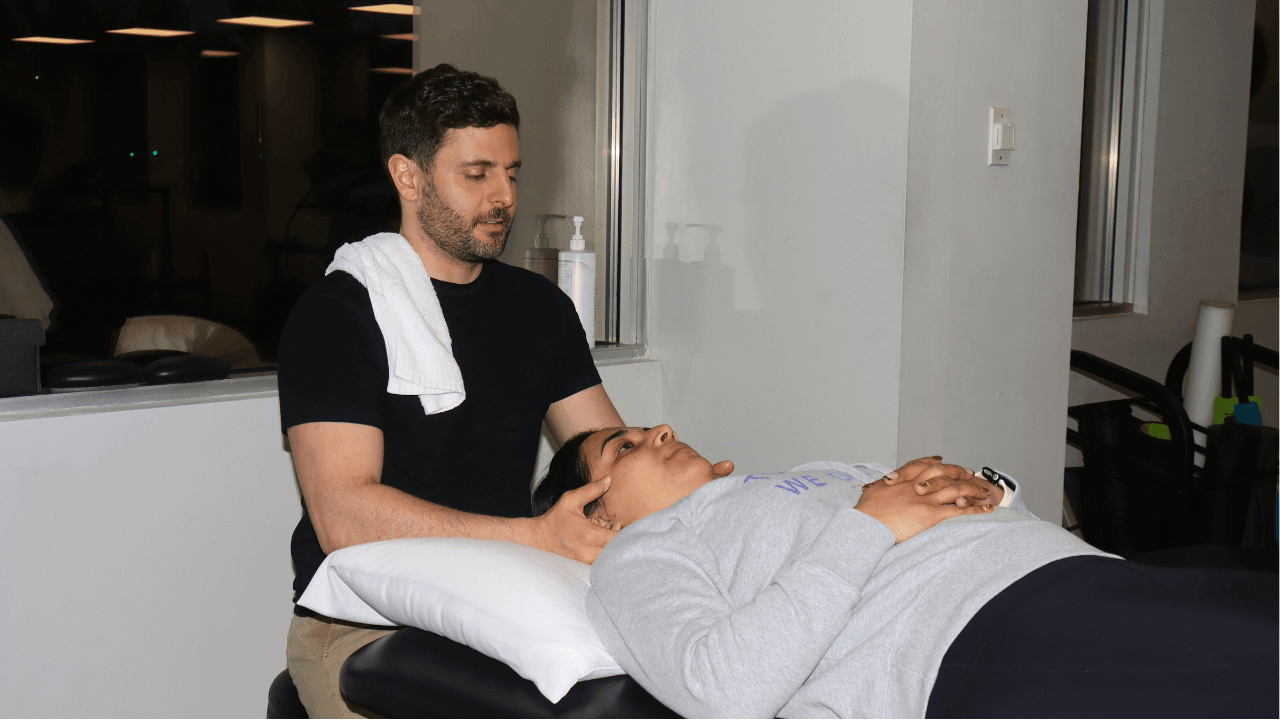Soft Tissue Mobilization
What is Soft Tissue Mobilization?
How Does It Work?
STM works by physically manipulating soft tissues through techniques such as sustained pressure, deep tissue gliding, and cross-fiber friction. These techniques help:
Break up adhesions and scar tissue that limit mobility or cause pain
Increase circulation and lymphatic drainage, aiding tissue repair
Stimulate neuromuscular relaxation by engaging sensory receptors
Restore proper tissue alignment and movement patterns
Complement other therapies like joint mobilization and therapeutic exercise
Each session is customized to your specific goals and functional needs, ensuring safe and effective outcomes.
↓
Conditions We Treat
Soft Tissue Mobilization can help address:
Muscle strains and ligament sprains
Neck and back pain
Tendonitis and bursitis
IT band syndrome and plantar fasciitis
Myofascial pain and trigger points
Joint restrictions with muscular involvement
Post-surgical soft tissue recovery
- and more!
Key Benefits
Reduced muscle tension and pain
Increased joint and muscle flexibility
Faster recovery from injury or surgery
Improved circulation and tissue healing
Enhanced posture and movement efficiency
Fewer compensatory movement patterns
Prevention of chronic issues from unresolved soft tissue dysfunction
FAQs
Q: Is soft tissue mobilization painful?
A: STM may involve some discomfort when addressing tight or restricted areas, but it should never be intolerable. We always work within your comfort level and communicate throughout your session.
Q: How many sessions will I need?
A: It depends on your condition and goals. Some patients see results in a few sessions, while others benefit from ongoing therapy as part of a comprehensive rehab plan.
Q: What’s the difference between STM and massage?
A: While both involve hands-on work, STM is a clinical technique focused on restoring movement and function, performed by trained physical therapists. It is more targeted than general massage.
Q: Can I combine STM with other therapies?
A: Absolutely. STM works well with joint mobilization, dry needling, corrective exercise, and postural retraining to address the root cause of your symptoms.


